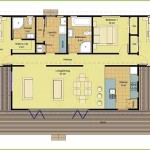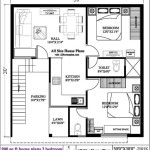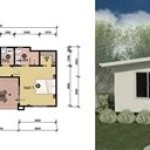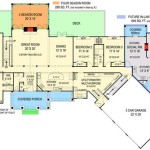Lay Out House Floor Plans: Creating a Blueprint for Your Dream Home
Designing a house plan is an exciting and crucial step in the homebuilding process. A well-thought-out floor plan sets the foundation for a functional, comfortable, and visually appealing living space. By considering the following essential elements, you can create a blueprint that perfectly aligns with your lifestyle and preferences.
1. Define Your Needs and Priorities
Start by clearly defining your home's purpose and the needs it should fulfill. Consider the number of bedrooms and bathrooms required, the desired living spaces (e.g., living room, dining room, home office), and any special requirements for accessibility or energy efficiency.
2. Determine the Size and Scale
The overall size of your house plan will depend on your budget, lot size, and desired level of space. Determine the square footage of each room and consider the flow between different areas. Aim for a balanced and proportional layout that avoids cramped or overly spacious rooms.
3. Optimize Space Allocation
Every inch of your floor plan should be used wisely. Position rooms strategically to maximize natural light, reduce wasted space, and create a cohesive flow. Consider open floor plans or multifunctional spaces to seamlessly connect different areas and enhance usability.
4. Plan for Utility and Flow
Functionality is paramount. Position kitchens adjacent to dining rooms, provide convenient access to bathrooms, and create clear pathways throughout the house. Consider the placement of utilities (e.g., plumbing, electrical) and ensure that they are accessible for maintenance and upgrades.
5. Create Visual Appeal
Beyond functionality, a well-designed floor plan should be visually appealing. Incorporate architectural elements such as bay windows, archways, or built-in cabinetry to add character and style. Pay attention to the orientation of rooms to maximize views and create connections with the outdoors.
6. Consider Sustainability
In today's eco-conscious environment, incorporating sustainable features into your floor plan is essential. Design for energy efficiency by optimizing natural light, utilizing energy-efficient appliances, and considering passive solar design principles.
7. Seek Professional Assistance
If you are not trained in architecture or design, consider consulting with a professional architect or home designer. They can provide valuable expertise, help you navigate zoning regulations, and ensure your floor plan meets building codes and industry standards.
By following these key principles, you can lay out a house floor plan that perfectly captures your vision and creates a home that is both beautiful and functional. Remember, the process should be enjoyable and rewarding, as you transform your dream home into a reality.

Create Professional 2d And 3d Floor Plans

Design Your Own House Floor Plans Roomsketcher

Small House Designs Shd 2024001 Pinoy Eplans

Design Your Own House Floor Plans Roomsketcher

Heritage House Plan

How To Draw A Floor Plan Live Home 3d

William House Plan Sater Design Collection

22 House Design With Floor Plans You Will Love Simple 9a3

Importance Of House Floor Plans In Architectural Design

How To Read Floor Plans 8 Key Elements A Plan Foyr








